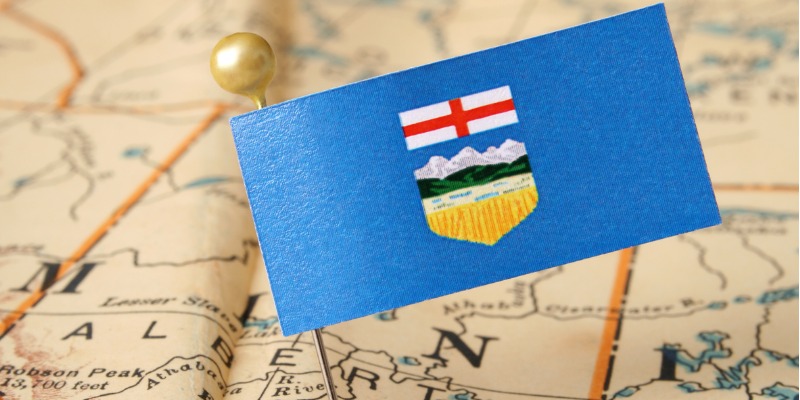Any party leader in Alberta must tackle the debt bulge

In the coming weeks, the United Conservative Party will choose who will lead the party into the provincial election next year. But whatever the outcome of the UCP leadership review, any leader in Alberta—from any party—will need to tackle the province’s debt problem.
First, some background.
For many years, Alberta was Canada’s only “debt-free” province. Throughout the early to mid 2000s, however, relatively high resource revenue fuelled unsustainable increases in spending, which led to persistent budget deficits once that resource revenue declined. After incurring routine deficits since 2008/09, the province officially lost its debt-free status in 2016/17.
Overall, Alberta government finances deteriorated from a net asset position of $35.0 billion in 2007/08—meaning the government’s financial assets (such as its investments in the Heritage Fund) exceeded its liabilities—to a projected net debt position of $40.1 billion in fiscal year 2019/20. Cue the pandemic, and net debt reached a projected $64.0 billion in 2021/22.
Now, despite surpluses projected over the next three fiscal years, Alberta’s debt troubles are far from over.
First, these surpluses will only help reduce the province’s debt load by a projected $1.2 billion from 2022/23 to 2024/25, a drop in the bucket in the grand scheme of things.
Moreover, and perhaps most importantly, these surpluses are almost entirely the result higher resource revenue fuelled by a rebound in commodity prices. Of the $11.5 billion improvement in the budgetary balance in 2022/23 (the province moved from a projected $11.0 billion deficit to a $500 million surplus), higher resource revenue accounts for $9.1 billion or nearly 80 per cent of that improvement.
If the government relies on a rebound in resource revenue to balance the budget, the province will incur more deficits once commodity prices inevitably decline in the future, just as it has before. In other words, the good times will only last as long as high resource revenues do—then comes more debt.
The big question is, why should Albertans care? It’s just government debt, right?
But just as households must pay interest on their mortgages and credit cards, Albertans must pay interest on government debt. And as debt increases, holding all else equal, interest costs rise.
Consider that in 2007/08, Alberta spent only $61 per person on provincial debt interest payments. By 2024/25, that number will reach a projected $610 per person. Until the government gets debt under control, a meaningful share of Albertans hard-earned tax dollars will continue to go towards paying interest on government debt rather than on government services (health care, for example).
Oh and keep in mind, if historically low interest rates rise higher than forecast—and the Bank of Canada last week raised its policy interest rate—debt interest costs will only increase further (again, holding all else equal).
Whatever the result of the UCP leadership review, and whatever party holds power in Edmonton, Alberta needs a plan to pay down government debt and prevent the accumulation of new debt when resource revenue inevitably declines. Otherwise, Albertans will continue to pay the price.

